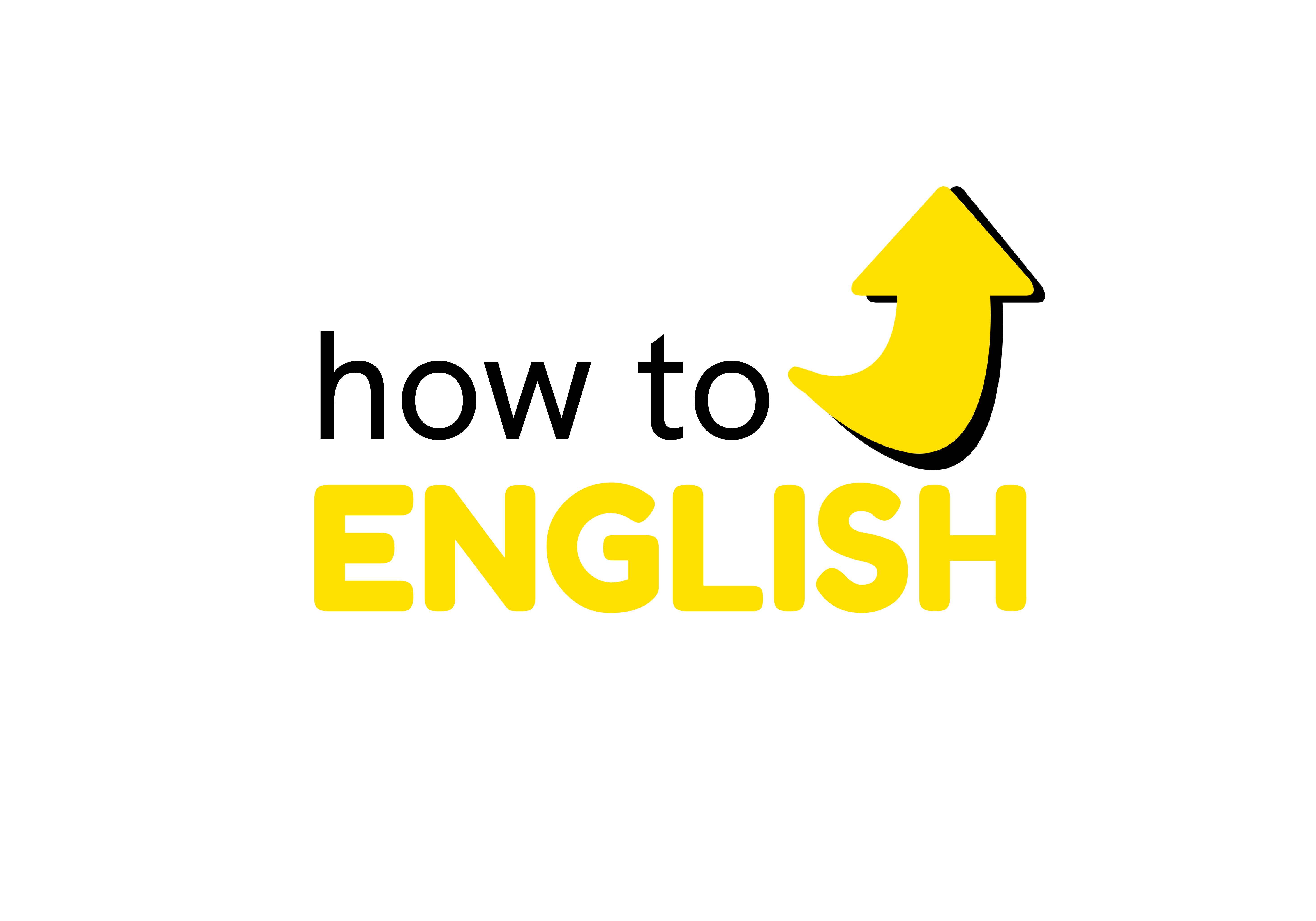When I was fourteen, the Tour de France went through my village in rural France.
It was by far the event of the year.
Not much tended to go through the village, except tractors or the odd lorry transporting sheep.
The morning they were due to cycle through, all the villagers lined the road, hoping to get a good view.
People arrived hours early, afraid they might miss the spectacle.
A distant noise appeared in the air. A few minutes later, dozens of motorbikes and sponsor cars drove slowly through the village, throwing promotional material at the spectators.
I caught a can of Coke.
“They’re nearly here!”, some old lady said nervously.
Then in a blink of an eye, a line of hundreds of bicycles came and went.
In no more than ten seconds, it was all over.
“Was that it?”, everyone asked disappointingly.
It was by far the anticlimax of the year.
I remember asking my dad why they all chose to ride in a long line.
“Air resistance”, was his answer.
Energy efficiency is one of the most important factors of professional cycling.
Here’s the maths in case you’re interested.
At 20km/h, cycling is the most energy-efficient form of human transport. At this speed, you use the same power as walking, but you travel much more quickly.
Great.
But as speed increases, the power you need to put into it just to maintain your speed increases dramatically. Air resistance increases with speed.
At 20 km/h, 50% of the energy you spend is consumed by air resistance.
At 35 km/h, that number jumps to 80%.
And at 50 km/h, 90% of all your energy goes into countering air resistance.
That doesn’t leave much energy left for the cyclist to go faster.
So each cyclist tries to get right behind the one in front to remove a part of this air drag. That way they can spend more of their energy going faster, or use less energy to go at the same speed.
They just need to follow the path of least resistance.
There is similar resistance in language learning, too.
When you start learning a language, progress in the beginning is quick, easy, and predictable.
Little resistance.
Yes, it feels hard and new in the beginning, but progress quickly follows. You study the basics in A1 and A2, get a solid foundation, and progress to B1.
Then progress starts to stagnate. Learners start to get the feeling that they aren’t making as much progress as before. As they improve in level, they start to feel resistance.
The journey from A to B is very different from that of going from B to C.
It’s still only one letter, but it’s a different ball game.
It’s a different ball game, so the rules are different too.
You go from A to B by learning a fixed set of grammar, vocabulary, and skills practice. If you learn this language set, you progress almost automatically to B.
But you can’t do the same to get from B to C.
The problem, though, is that people think they are still playing the same game, and continue to do the same in an attempt to get from B to C.
You can’t really progress to level C naturally by simply going to classes, or doing the same thing that got you to level B in English.
So many learners stay at level B, and they become what I call perpetual Bs.
A perpetual B is a person that says they have been learning English for years and years, attending hundreds and hundreds of classes, but is still B1 or B2.
Sound familiar?
[thrive_leads id=’1049′]
The sad thing is that perpetual Bs start out frustrated with their lack of progress, but then they learn to accept it. They start to think they can’t progress any more. So they stop making progress. Then they think they will be a perpetual B forever.
And then that is what happens.
Because what you think is reality becomes your reality.
They say they have been learning English for twenty years. But really, they’ve just been attending English classes for twenty years. There’s a massive difference between the two.
You can go to a million English classes, but that doesn’t mean you’ll improve in English.
What really happens is that they attend the number of classes necessary to maintain their level. Or they put the amount of effort into their own learning that allows them to simply stay at the same level.
All their energy simply goes into countering resistance.
No energy is left for them to improve.
What they don’t know is that they actually have full control over the progress they make. They just don’t know it. They just need to start playing by different rules.
To go from A to B, it’s the same as somebody pushing you forward on your bike. You go with the flow. Little effort, and everything you need to be able to progress is given to you conveniently.
To go from B to C, you need to start pedalling. Yes, there’s more resistance, and yes, you need to control the bike. But you have complete control over where you go, how you get there, and how fast you get there.
A lack of progress comes when the person on the bike only pedals enough to maintain the same speed.
The key is to have more contact with English than the minimum you need to just maintain your level. If you only counter resistance, you’ll stay at the same level.
You decide how you progress.
Going with the flow may benefit you in the beginning, but it will leave you floating in the water without any direction as you progress in the language.
Getting from B to C is just as easy as getting from A to B. All you have to do is think it, believe it, and start doing it.
Because only dead fish go with the flow.
[thrive_leads id=’1049′]
